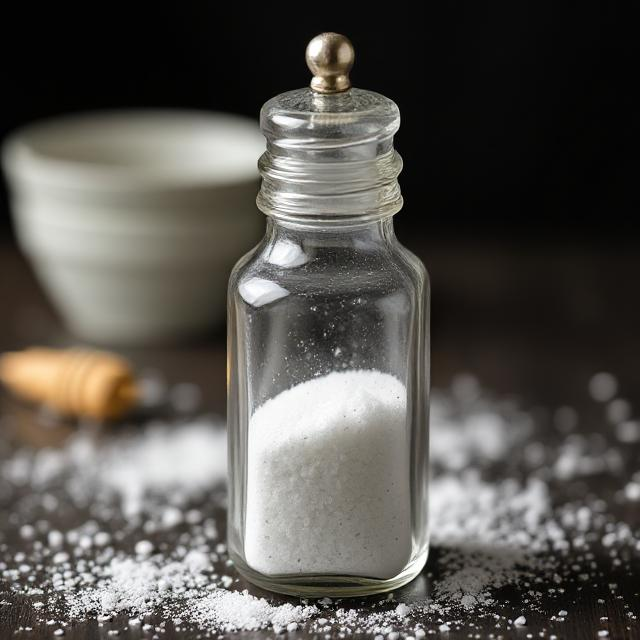You’ve probably heard someone say, “Cut back on your salt.” But what does that really mean — and why is it in everything from soup to cereal? Let’s dive into the salty truth about sodium: what it is, why it’s everywhere, and how to keep it from sneaking onto your plate.
What Is Sodium, Anyway?
Sodium is a mineral that your body does need — but only in small amounts. It helps regulate fluids, nerve function, and muscle contractions.
The problem? Most of us get way too much of it.
The average adult needs no more than 2,300 mg per day (that’s about 1 teaspoon of salt), and the ideal for most older adults and those with high blood pressure is 1,500 mg or less.
Yet the average American eats 3,400 mg or more every single day — often without realizing it.
Why Is There So Much Sodium in Our Food?
It’s not just about flavor. The food industry loves sodium because it:
- Preserves shelf life (keeps products from spoiling)
- Enhances taste (even in sweet foods!)
- Improves texture (crispy crackers? Thank sodium.)
- Makes cheap food taste better (hello, processed meals)
It’s a go-to ingredient in nearly all processed, canned, frozen, and fast foods — not to mention restaurant dishes.
Fun fact (or terrifying one?): Over 70% of the sodium we eat comes from packaged and restaurant foods — not from the salt shaker.
Why Too Much Sodium Is a Big Problem
Too much sodium pulls water into your bloodstream, increasing the volume of blood in your vessels. This raises blood pressure — a major risk factor for:
- Heart disease
- Stroke
- Kidney damage
- Cognitive decline
- Bloating, fluid retention, and fatigue
And if you’re elderly, overweight, or already managing chronic conditions like diabetes or hypertension? Sodium hits even harder.
Where Sodium Hides (Even in “Healthy” Foods)
Here are some surprising sodium-heavy culprits:
- Bread and rolls
- Canned veggies and soups
- Cold cuts and cured meats
- Cheese
- Frozen dinners
- Breakfast cereals
- Salad dressings and condiments
- Fast food and takeout
Pro tip: If it comes in a box, bag, or wrapper, flip it over and read that label!
How to Dodge Excess Sodium Like a Pro
You don’t have to go full monk and give up flavor. Just follow these smarter choices:
Read Nutrition Labels
Look for:
- “Low sodium” = 140mg or less per serving
- “Sodium-free” = less than 5mg per serving
Pro tip: Check the serving size — companies love to make it tiny to hide how much salt is really in there.
Cook at Home More Often
You control the salt shaker — and can swap in herbs, lemon, garlic, vinegar, or spices instead.
Rinse Canned Foods
Beans and veggies in brine? Give them a rinse under water to remove up to 40% of the sodium.
Choose “No Salt Added” Products
Look for these labels on tomato sauce, canned goods, and broths.
Eat Fresh and Frozen Produce
No sodium, all nutrients. Win-win.
Be Restaurant-Savvy
- Ask for sauces and dressings on the side
- Choose grilled over fried
- Say no to cheese, bacon, and salty extras
Sodium isn’t evil — but too much of it can slowly chip away at your health, especially if you’re already at risk.




